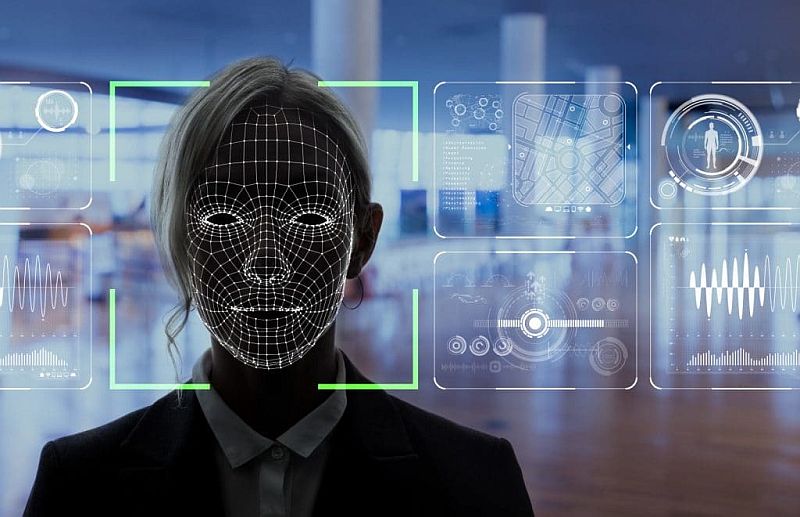
Internet based technologies are moving at a fast pace. At least within a decade we have witnessed an unprecedented enhancement when it comes to technologies behind remote working, digital education, IoT and biometric surveillance technology.
Amongst these, facial recognition tech is one of the most talked about as it is catching-up with an incredibly high precision rate.
Due to the non-contact process, the facial recognition is widely preferred over other biometric technologies. Also, its deployment is easy and portable.
Nevertheless, the technology has a very high stake of getting misused other (equally important factor) than the privacy and safety concerns.
In a recent post, The New York Times too have mentioned banning facial recognition tech.
What is facial recognition technology?
Facial recognition is a method to identify and authenticate human face – from an already existing photo and video database – via technology.
Facial identification is done using Biometric Artificial Intelligence application. It identifies an individual by analysing patterns built on structure, topography and shape of a face. For instance, distance between two eyes, measurement of forehead, distance between forehead to chin, curvature of smile etc.
Robotics is one the most widely used platform for this tech. However, with recent cutting-edge development, this tech expertise is taking a bigger real estate in making cluster of images of same person across platforms, like but not limited to:
- Social media
- ID verification
- Phone un-locking
- Face ID
- Security services
- Surveillance
- Marketing
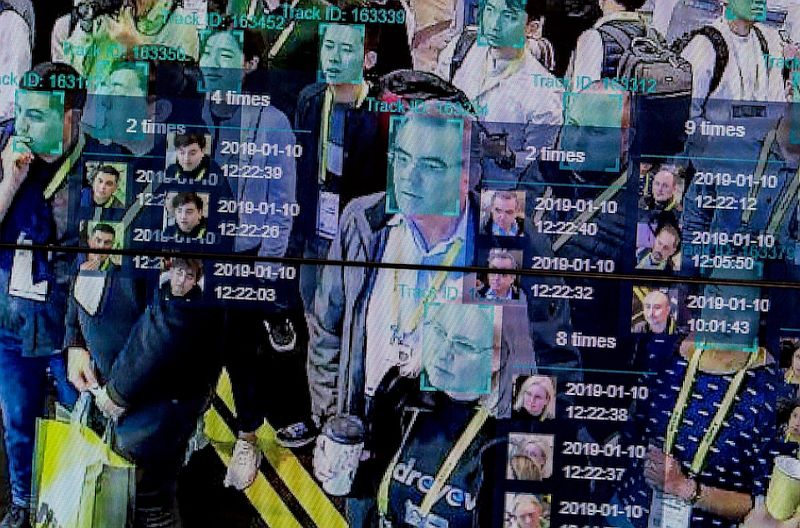
Facial recognition market and privacy
Facial recognition industry market is growing exponentially. The industry is expected to increase from $3.2 billion in 2019 to $7.0 billion by 2024 in the U.S alone.
Although it sounds fascinating especially, after seeing this tech working perfectly in sync in movies like Ready Player One and Black Panther. However, things in reality is totally different.
As far as the technology’s usage regulations are concerned, there are no clear-cut answers. For instance, like other biometrics, facial recognition tech, also gather data about people without taking their approval. This is quite a dent in an individual’s privacy module.
Getting access to a person’s face print is just the tip of an iceberg. A gateway which can lead into other privacies like social footprints, hobbies, like – dislikes, name, co-ordinates, friend circle, shopping history, browsing history to name a few.
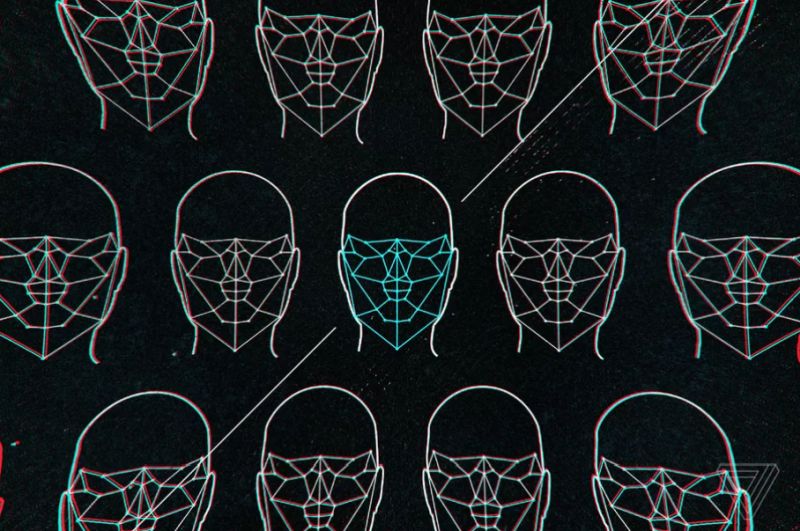
Ban on facial recognition systems
Quality of the system comes into question when algorithms struggle to identify people of color. Another equally important allegation against facial recognition tech is its inaccuracy in identifying someone and this could lead to false prosecutions. For instance, Amazon’s facial-identification software used by police falls short on trust issues.
Due to this, some ban on biometric surveillance technology has been put forward across jurisdictions. California is the third state in the U.S. to ban facial recognition. Laws in Oregon and New Hampshire do not allow police from using it in body cameras. San Francisco and Oakland have prohibited it totally.
Lately, Feds would be banned from using facial recognition under new bill. Democrats echo privacy advocates by claiming that use of biometric identification systems hampers personal freedom. They compare the tech with “nuclear or biological weapons”.
China supports biometric surveillance technology
China, however, has a different take on this. Their facial recognition technology’s database includes nearly every one of China’s 1.4 billion citizens. Almost 200 million surveillance cameras are deployed across the country.
Jaywalkers are in constant surveillance in Shenzhen, China. For floating traffic rules, they are not only fined but also publicly shamed. The communist regime aims to create a society that would be very easy for them to manage and hence, manipulate.
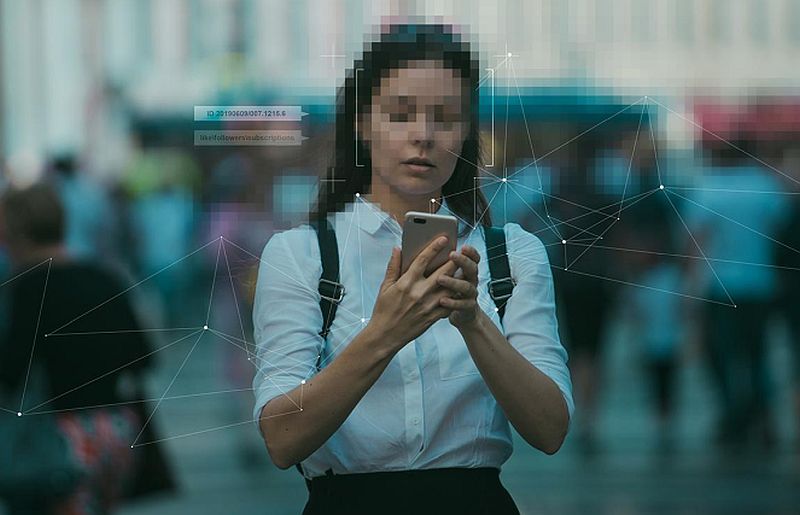
Tool to protect against facial recognition software
Researchers at University of Chicago have created a software tool that “cloaks” photos and “poison” the deep learning computer models that power facial recognition. The interesting thing is, these changes are not visible to human eye.
UChicago researchers call their software as “Fawkes”. Name’s been derived from the famous revolutionary, V for Vendetta.
With Fawkes, the researchers want to give power back to the users because currently nothing like this exists that can put a brake to deep learning facial recognition model.
As per Zhao, Neubauer Professor of Computer Science and an expert on machine learning security, if Fawkes, gets embedded into the internet ecosystem, it has the potential of pushing back against these kinds of intrusive algorithms.
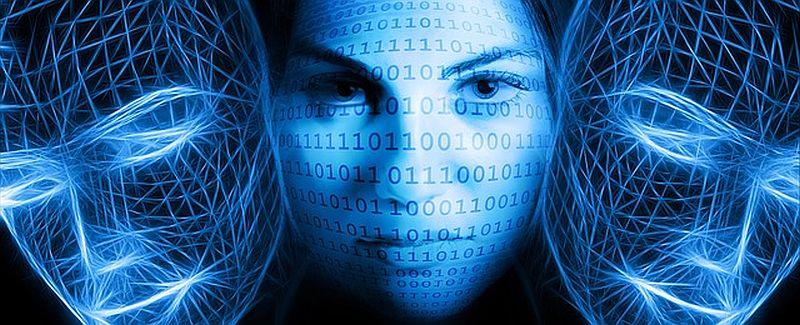
The takeaway
One of the biggest drawbacks of facial recognition is the fear and discomfort of being constantly under surveillance. After all, no one wants to be a part of The Truman Show. And what if personal data falls into the wrong hands or hackers get access to this data? Repercussions would be beyond imagination.
Therefore, the need of the hour is to create and implement appropriate cybersecurity hygiene standards. Also, restrictions on the length of time biometric information can be stored after its collection. This might help in counteracting a breach if in case.



